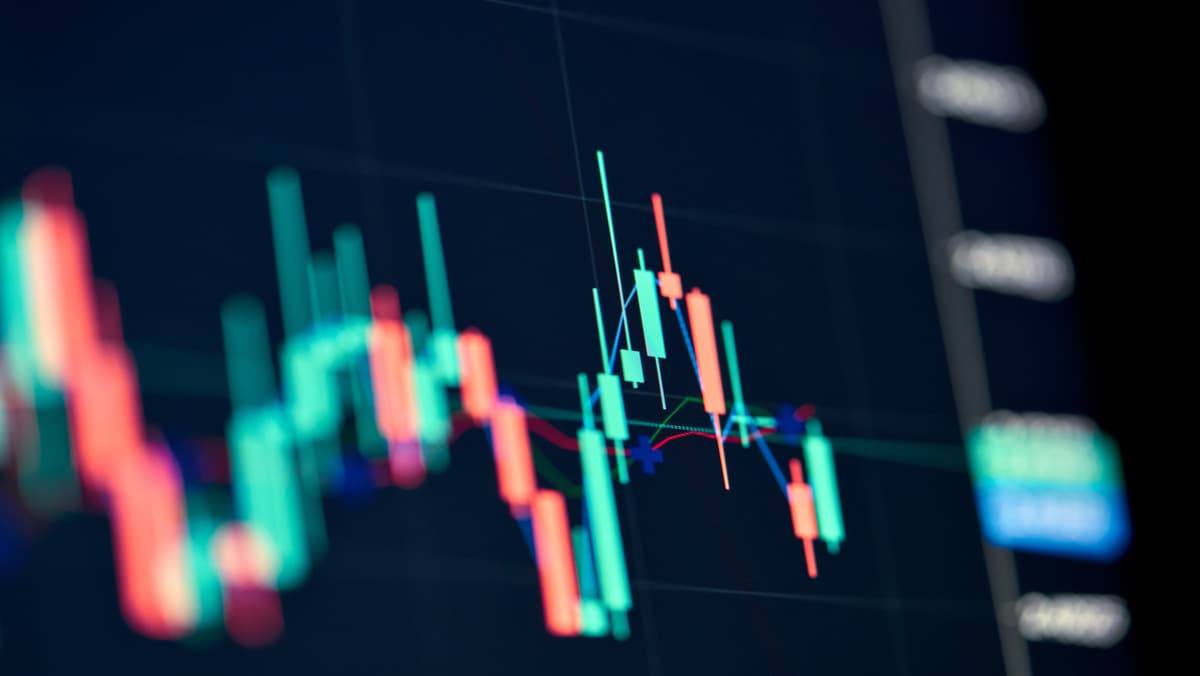
Friday Aug 16 2024 06:55

4 min

Typically, in an oversold market, rallies often rise to the declining 20-day moving average (MA) and may briefly surpass it before the market retreats again. As of August 13, the current rally managed to exceed the declining 20-day MA and also closed a gap on the SPX chart at 5,410. Additionally, there is a downtrend line on the SPX chart connecting the lower highs, which is currently positioned just below 5,500.
If this rally is just an oversold bounce, it has likely reached its peak. However, if the SPX breaks through the downtrend line and surpasses 5,500—particularly if it exceeds the August 1 high of 5,570, which would invalidate the pattern of lower highs—it could indicate that the recent decline was merely a correction within a continuing bull market.
The McMillan Volatility Band (MVB) buy signal from August 9 remains active, with its target at the +4σ Band, currently just above 5,700 and trending downward. All “modified Bollinger Bands” (mBB) and shorter-term moving averages are also declining. The MVB buy signal would be invalidated if the SPX closes below the -4σ Band, which is at 5,100 and falling. As of now, the SPX is far from either of the +/-4σ Bands.
Equity-only put-call ratios continue to signal a bearish outlook for the stock market. They will persist in this signal as long as they remain on the rise, which has been the case even during the recent strong rally over the past 10 days.
Following a rough start to August, stocks have surged, continuing their rally through Wednesday’s session. This boost came after the Consumer Price Index reported its lowest year-over-year increase since early 2021. The S&P 500 and Nasdaq have now recovered all their losses from the early-month sell-off.
The S&P 500 and Nasdaq Composite are both in positive territory for the month despite a jobs report released in early August that fueled concerns about the health of the US economy and sparked a sell-off.
Since stocks sold off on Aug. 5, the S&P 500 is up almost 7% while the Nasdaq Composite is more than 8%. A look under the hood shows that once again, Big Tech is leading the charge higher.
The swift recovery is attributed to traders recognizing that the risks of an imminent recession and the impact of a sell-off in the Japanese stock market were likely exaggerated, according to experts interviewed by ABC News. What initially appeared as a major warning signal on Wall Street soon became an opportunity for traders looking to buy discounted shares.
"When we panic, we lower our expectations so far that any news short of disaster feels like rain in the desert. Then, people pile back in," Callie Cox, chief market strategist at Ritholtz Wealth Management, said in a Monday blog post about the recovery.
"When lots of investors brace for a punch – or sell their stocks – they tend to discover that the actual punch doesn't hurt as bad," Cox added.
When considering shares, indices, forex (foreign exchange) and commodities for trading and price predictions, remember that trading CFDs involves a significant degree of risk and could result in capital loss.
Past performance is not indicative of any future results. This information is provided for informative purposes only and should not be construed to be investment advice.
